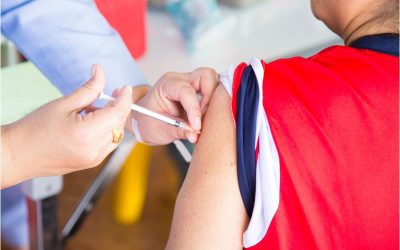If you suffer from incontinence, your doctor has probably talked to you about the potential dangers of incontinence-associated dermatitis (IAD). An inflammation of the skin, IAD results when either urine or stool matter come into contact with perineal or perigenital skin. This produces uncomfortable and even dangerous skin symptoms such as
* Itchiness
* Pain
* Dermatological symptoms such as rashes and red skin even, according to some research, bed sores or ulcers
All are uncomfortable and sometimes incredibly painful; to those affected. On way to address the potential for such occurrences, is to use absorbent pads for beds.
Description
Mattress or bed pads are a multi-layer construct of absorbent materials. The intent is to place the pad on top of the mattress, beneath the final bedclothes layer – the fitted sheet. These absorbent pads for beds are capable of soaking up urine. If reusable, you can wash the pads in a machine. This will save you money over the long haul. If they are disposable, they serve the same function but are only capable of providing a single use. You can pair disposable diapers with bed pads but not always with low air loss mattresses.
Absorbent Pads for Beds: Keeping the Skin Dry
One way to prevent IADs is to stop the skin from becoming too moist. This is possible in several ways. One of the most common for certain individuals is by using an absorbent pad on the bed. At the same time, such devices manage incontinence. By using bed pads, it is possible to:
* Provide protection against incontinence incidents
* Offer peace of mind
* Reduce the need to replace an expensive mattress
* Reduce instances of IADs
* Allow incontinent individuals a form of independence
Purchasing washable and reusable absorbent pads for bed is one way to provide those affected with a functional product that provides both physical and emotional support. It also reduces the potential for IADs significantly.



